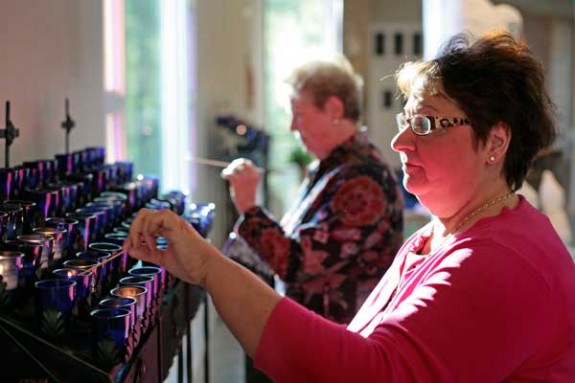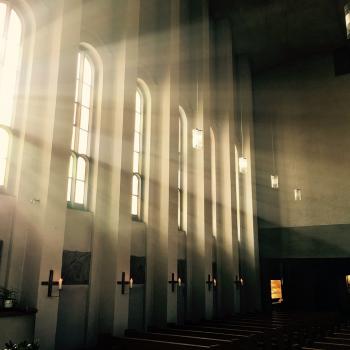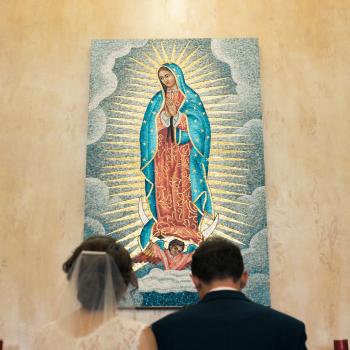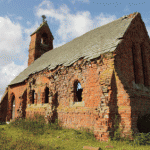It’s happening more and more, and not just among Catholics. From USA TODAY:
Bruce Boling will celebrate Easter Sunday this weekend among Southern Baptists, just as he did when he prayed at a tiny Kentucky church where his family filled half the pews.
After decades away from faith, “I slowly began to see what I was missing was the relationship with God that I could find in my church,” said Boling, 45, who has settled in with a little Baptist congregation in Hendersonville, Tenn.
Lydia Scrafano’s heart will again thrill to hear Catholic hymns sounding on a great pipe organ, just as she did as a child in Detroit.
“I missed it all. I missed taking Communion with a priest. I missed the stained glass. I missed the Virgin Mary,” says Scrafano, 55, who has reconnected with her faith through a Catholic church in Williamsburg, Va.
Like many Christians and Jews, Boling and Scrafano drifted — or marched — away from the religion of their childhood. Then, unlike most, they came back.
And they came back to stay, not just to parachute in for the Easter service this Sunday or a Passover seder on Friday night.
According to the Pew Forum on Religion & Public Life, more than half of Americans say they’ve switched religions at least once, but just 9 percent of U.S. adults say they’ve returned to the pews, practices and prayers that shaped them.
They’re not converts; they’re reverts. And religious denominations are stepping up efforts to reclaim, re-energize — and sometimes re-educate — these fallen-away faithful.
Catholic churches are adding adult programs to focus on returnees who often fear their actions or choices will keep them from the sacraments, the essential rites of Catholicism. Evangelical churches steer reverts to Bible study groups to help them establish stronger religious roots.
Rabbis reach out to young adults through a program called “Next Dor” (dor is Hebrew for generation). It’s promoted by Synagogue 3000, a consortium of leaders from Reform and Conservative movements, the two largest branches of Judaism in the U.S.
Several Catholic dioceses have reported post-Christmas or post-Easter attendance bumps after major advertising efforts, such as a “Catholics Come Home” media campaign launched in Phoenix in 2008.
The Archdiocese of Washington pushed to increase confessions during Lent (the 40 days preceding Easter) by opening church and chapel doors on Wednesday evenings. Their advertising slogan: “The Light is ON for You.” Within five years, the campaign spread across the country as more bishops adapted the idea for their dioceses.
But are they staying?
It’s not clear if these coaxed-back Catholics stick around, said Mark Gray, a political scientist with Georgetown University’s Center for Applied Research in the Apostolate, which collects and studies statistics related to the Catholic Church.
Gray said some must be back for the long haul because the Catholic share of the U.S. population has held steady at about 25 percent for several years.
“There is not enough immigration to keep it at that if our’leavers’ estimates are correct. Some must be’coming home.’ The match just does not work otherwise,” Gray said.
At St. Bede’s, a Catholic megachurch of 3,700 families in Williamsburg, Va., Deacon Dominic Cerrato leads a seven-week “Welcome Home” class designed to answer the questions and calm the concerns that kept lapsed believers from church. More than that, the course seeks to draw them into parish life, not just “punching your ticket at Mass,” as he put it.












